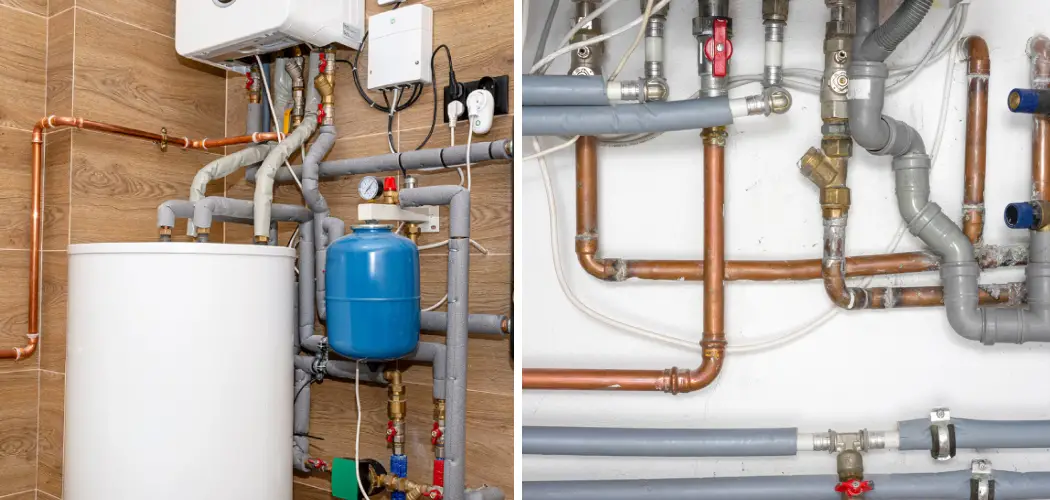Ensuring clean and safe water within your home is of utmost importance. To achieve this, knowing how to sanitize the water lines in your house is a crucial skill. Over time, water lines can accumulate impurities and bacteria, potentially affecting your health and water quality. In this comprehensive guide, we will delve into how to sanitize water lines in house.
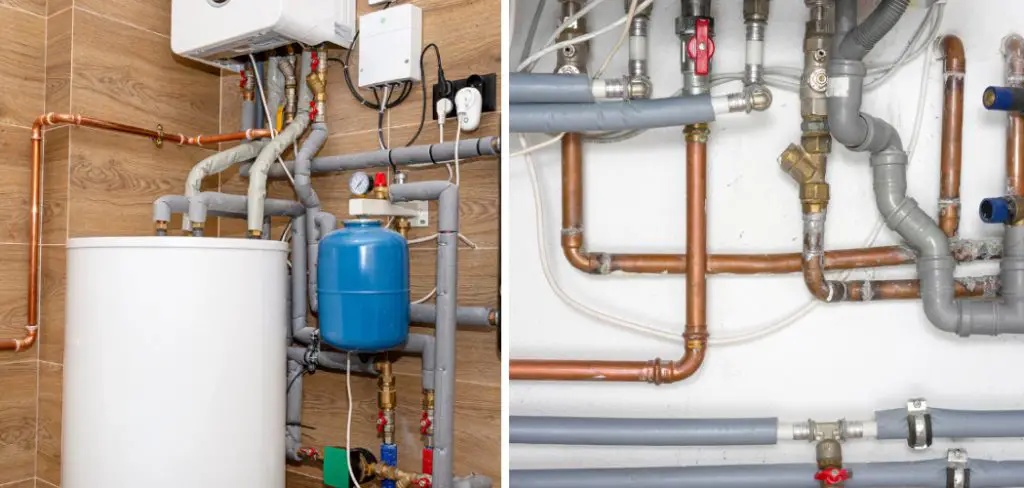
From shock chlorination to environmentally friendly solutions like vinegar and baking soda, we will explore various approaches to ensure your water lines are free from contaminants.
Whether you’re a homeowner or a professional in need of expert insights, this guide will equip you with the knowledge to maintain a clean and healthy water supply. Join us on this journey to discover the best practices for sanitizing your water lines and safeguarding the well-being of your household.
The Importance of Regularly Sanitizing Water Lines in a House
Water is an essential part of our daily lives. We use it for cooking, cleaning, and most importantly, for drinking. However, with the increase in pollution and contaminants in water sources, it has become crucial to ensure that the water lines in our houses are regularly sanitized. This helps to maintain a safe and clean supply of water for ourselves and our families.
Sanitizing water lines is the process of removing harmful bacteria, viruses, and other microbes from the water pipes in our homes. These microorganisms can enter our water supply through various sources such as sewage leaks, aging pipes, or even the water source itself. Regular sanitization helps to eliminate these contaminants and prevent them from causing illnesses.
The Potential Risks Associated with Contaminated Water
Water is a fundamental need for all living beings, and it is essential to ensure that the water we consume is clean and safe. Unfortunately, not all sources of water are free from contaminants, which can pose serious health risks if left unaddressed.
Contaminated water refers to any water source that has been exposed to pollutants or harmful microorganisms. These contaminants can come from various sources, including industrial and agricultural activities, sewage overflow, or even natural disasters. When consumed, contaminated water can cause a range of health problems, from minor illnesses to life-threatening diseases.
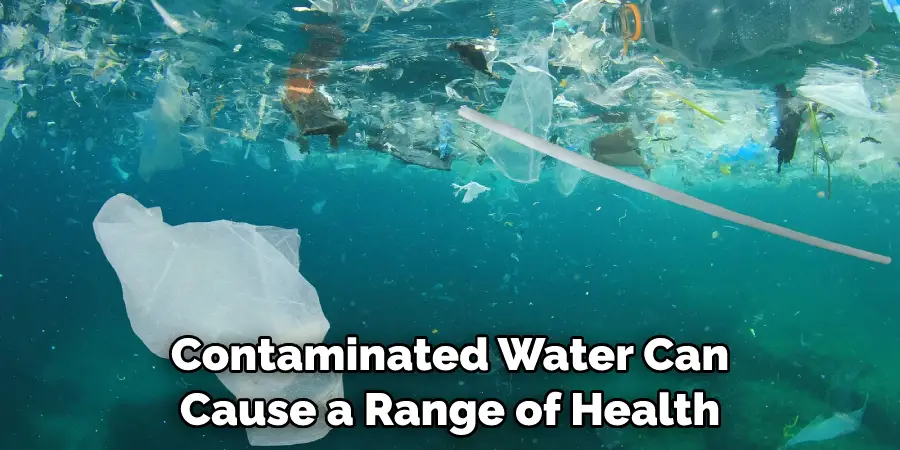
One of the most common contaminants found in water is bacteria. These microorganisms can enter the water supply through fecal matter, which can contaminate both surface and groundwater sources. Bacteria such as E. coli, Salmonella, and Shigella can cause severe gastrointestinal illnesses, including diarrhea, vomiting, and cramps. In more severe cases, these bacteria can even lead to kidney failure or sepsis.
Aside from bacteria, water can also harbor viruses that can cause diseases such as Hepatitis A and Norovirus. These microorganisms are highly contagious and can spread quickly, especially in crowded or unsanitary environments. When ingested, these viruses can cause similar symptoms to bacteria, including nausea, fever, and abdominal pain.
10 Methods How to Sanitize Water Lines in House
1. Boiling Water
Boiling is one of the most common and effective methods for sanitizing water lines in the house. Boiling water kills any bacteria or other organisms that may be present in the water, making it safe to drink. To boil the water, bring it to a rolling boil for at least one minute and then allow it to cool before drinking.
2. Chlorination
Chlorination is another method that can be used to sanitize water lines in the house. This involves adding chlorine to the water, which kills any bacteria or other organisms present in the water. The amount of chlorine added will depend on the type of system being used and should be determined by a professional before attempting this method.
3. Ultraviolet Light
Ultraviolet light can also be used to sanitize water lines in the house. This involves passing ultraviolet light through the water, which kills any bacteria or other organisms present in the water. This method is typically used in conjunction with other methods, such as chlorination or boiling, to ensure that all contaminants are removed from the water.
4. Ozonation
Ozonation is another method that can be used to sanitize water lines in the house. This involves adding ozone gas into the water, which acts as an oxidizing agent and destroys any bacteria or other organisms present in the water. Ozone is a powerful disinfectant and has been shown to be effective at killing a wide range of microorganisms, including E coli and Salmonella species.
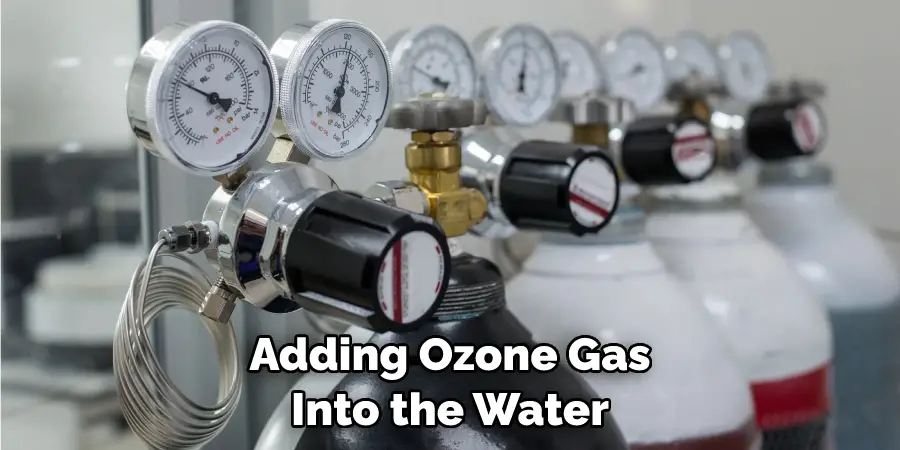
5. Distillation
Distillation is another method that can be used to sanitize water lines in the house. This involves boiling the water and then collecting only the vaporized portion of it, leaving behind any contaminants that may have been present in the original liquid form it.
Once collected, this vaporized portion is then condensed back into liquid form and can be safely consumed without fear of contamination from harmful microorganisms such as E coli and Salmonella species.
6. Reverse Osmosis
Reverse osmosis is another method that can be used to sanitize water lines in the house. This involves forcing pressurized untreated tap water through a semi-permeable membrane, which removes any contaminants such as bacteria or heavy metals from it before allowing it through into a clean container for consumption without fear of contamination from harmful microorganisms such as E coli and Salmonella species.
7. Filtration
Filtration is another method that can be used to sanitize water lines in your home. This process involves passing untreated tapwater through filters made up of activated charcoal, sediment filters, or other materials designed specifically for removing impurities from drinking water sources.
The filters trap contaminants such as dirt, sediment, and bacteria while allowing clean drinking water through, making it safe for consumption without fear of contamination from harmful microorganisms such as E coli and Salmonella species.
8. Activated Carbon Filters
Activated carbon filters are another method that can be used when trying to sanitize your home’s drinking water supply. These filters contain activated carbon particles, which are specially treated pieces of charcoal designed specifically for trapping impurities found within drinking water sources.
When these particles come into contact with contaminated tap water, they absorb many different types of pollutants, including certain types of bacteria, leaving behind clean drinking water free from contamination by harmful microorganisms like E coli and Salmonella species.
9. Ion Exchange Filters
Ion exchange filters are yet another effective way to purify your home’s drinking water supply. These filters work by exchanging ions found within contaminated tap water with harmless ions found within special filter media contained within them.
By doing so, they remove many different types of pollutants, including certain types of bacteria, leaving behind clean drinking water free from contamination by harmful microorganisms like E coli and Salmonella species.
10. UV Lights
UV lights are one final option available when trying to purify your home’s drinking water supply. These lights emit ultraviolet radiation, which has been proven effective at killing off certain types of bacteria found within contaminated tap water sources leaving behind clean drinking water free from contamination by harmful microorganisms like E coli and Salmonella species.

In addition to being highly effective, UV lights are also easy to install and relatively inexpensive compared to other purification methods.
Things to Consider When Sanitize Water Lines in House
To ensure that the water you use at home is safe and clean, it is important to regularly sanitize your water lines. Here are some things to consider when sanitizing water lines in your house:
Cleaning vs. Sanitizing
Cleaning and sanitizing are two different processes that both play a crucial role in maintaining the cleanliness of your home’s water supply. Cleaning involves removing visible dirt and debris while sanitizing is the process of killing harmful microorganisms. It is important to clean your water lines before sanitizing them, as this will ensure that the sanitizer can penetrate and effectively kill any bacteria or other contaminants.
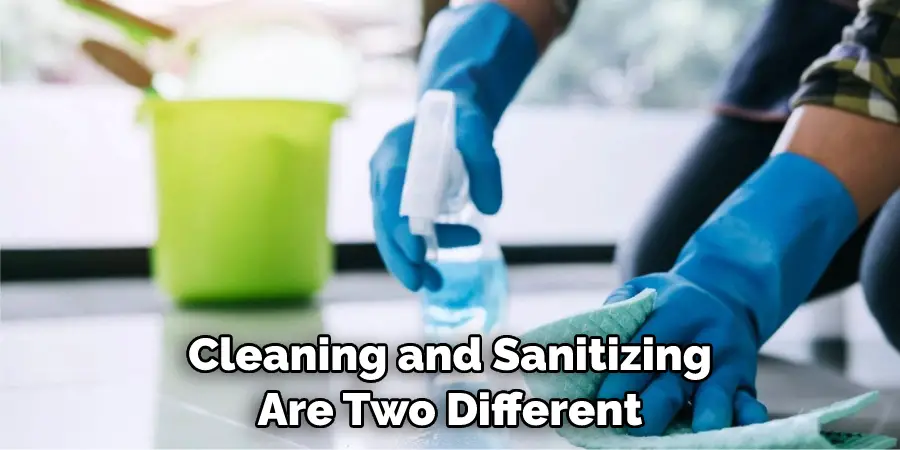
Type of Sanitizer
There are various types of sanitizers available in the market, such as chlorine, hydrogen peroxide, and UV light. Each type has its own advantages and disadvantages, so it is important to research and choose the best option for your specific needs. It is also important to follow the instructions on the sanitizer carefully, as improper use can lead to ineffective results.
Frequency
How often you sanitize your water lines depends on various factors such as usage, water source, and local regulations. In general, it is recommended to sanitize water lines at least once a year. However, if you notice any changes in the color, taste, or smell of your water, it is important to sanitize more frequently.
Conclusion
In conclusion, sanitizing the water lines in your home is an important safety step to take. From using a mild bleach solution and flushing your water pipes to purchasing a specialized chemical treatment from your local hardware store or online, there are easy and inexpensive options available to help ensure that your drinking water isn’t harboring any dangerous elements.
Though it may seem like an intimidating task at first, after learning about these different methods of sanitizing water lines and following the proper steps, you’ll feel confident knowing your liquid assets are secure! So what are you waiting for? Educate yourself on how to sanitize water lines in house today!

